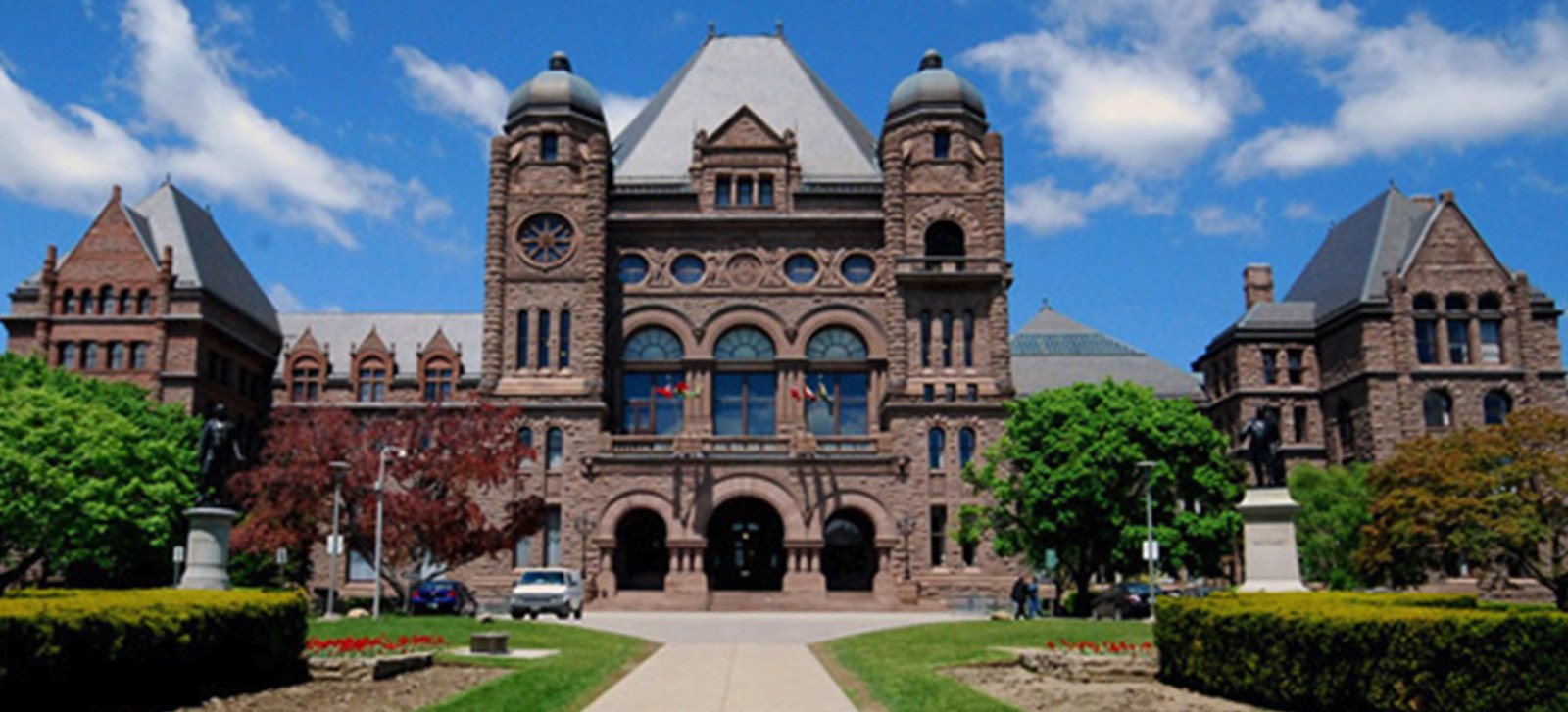
Poll: 2015 Federal Vote Intention
ARTICLE BY
Derek Leebosh
A recent Environics telephone survey of 989 Ontario voters conducted using Interactive Voice Response (IVR) technology shows significant erosion in Ontario Liberal support since the last election. If an Ontario provincial election had been held in late March 2015, the currently leaderless Ontario PCs would narrowly lead with 33% support among decided voters, up two points from the last election. Ontario Liberal support now stands at 32%, down seven points from the last election. The Ontario NDP is also very much in contention, with the support of 27% of decided voters, up three points from last election. Seven percent would support other parties. It is notable that 25% of those surveyed say they are undecided on how they would vote provincially or would not vote.
If an Ontario provincial election had been held in late March 2015, the currently leaderless Ontario PCs would narrowly lead with 33% support among decided voters
The key to the Ontario Liberal victory last year was a very strong showing both in the City of Toronto and in the 905 suburban belt around Toronto. It is in these regions that Liberal support has declined the most since the last election. The PCs now lead in the 905 suburbs and in the City of Toronto, and NDP support has increased sharply turning the city into a three-way race.
There are also some notable demographic patterns in the findings.
- PC support skews male and NDP support skews female. Liberal support does not vary by gender.
- NDP support is strongest among those under 45, Liberal support is strongest among middle-aged 45- to 59-year-olds, and the PCs dominate among older voters over the age of 60.
- When it comes to education, Liberals lead the PCs by a wide margin among those with a university education, while the PCs have a strong lead among those with no post-secondary education. NDP is support does not vary by education.
- When it comes to household income, Ontario Liberal support is highly concentrated among the wealthiest Ontarians with household incomes of over $100,000 per year. NDP support skews towards those with lower incomes. PC support does not vary by income.
- The Ontario NDP is the most popular party among those in union households.
For more details see full report here
Related Publications:
Ontario News Watch New Poll: Ontario Liberals Lose Support in Toronto, 905
Find out how Environics can help your organization
Related insights



Toronto
366 Adelaide Street West
Suite 101, Toronto, ON
Canada M5V 1R9
416 920 9010
Ottawa
116 Albert St
Suite 300, Ottawa, ON
Canada K1P 5G3
613 230 5089
Calgary
421 7th Ave SW
Suite 3000, Calgary, AB
Canada T2P 4K9
403 613 5735
